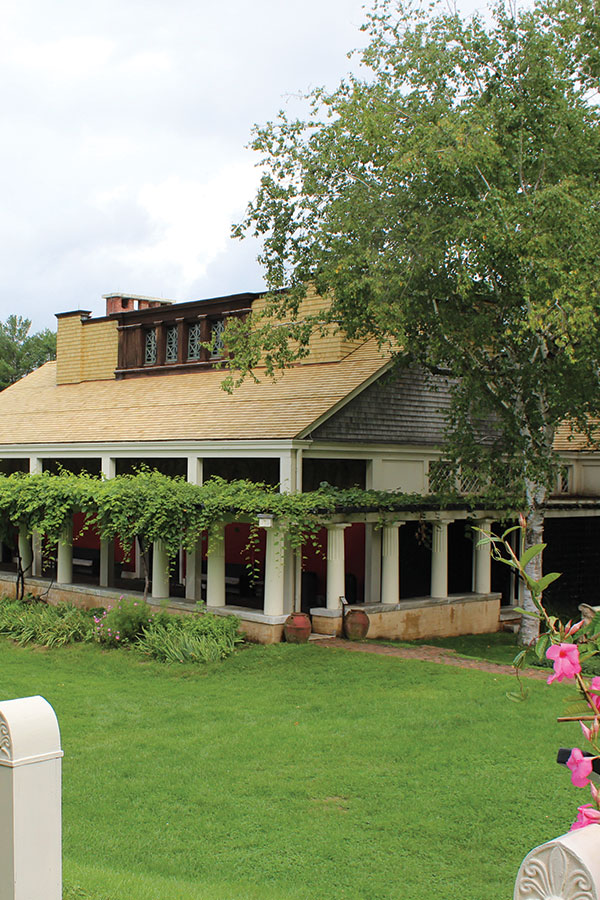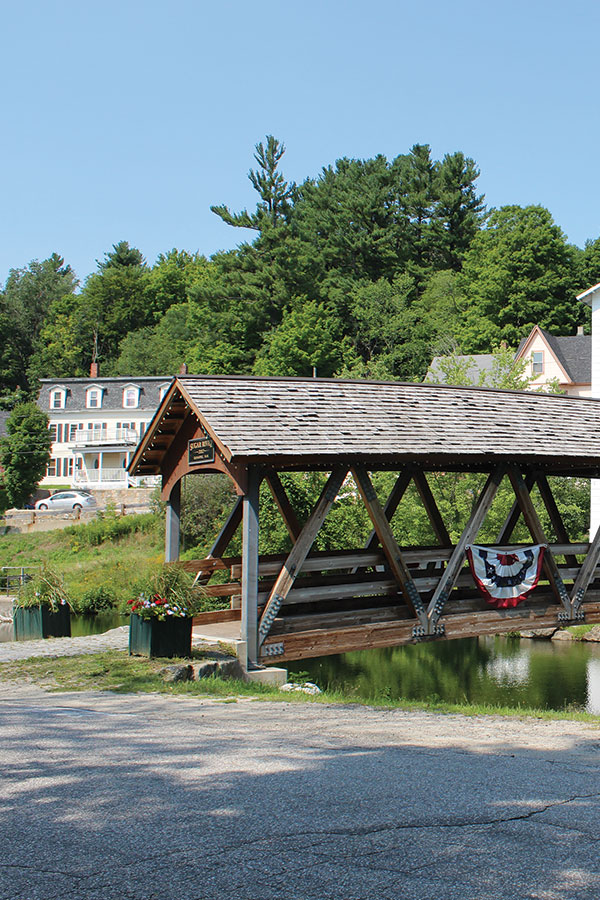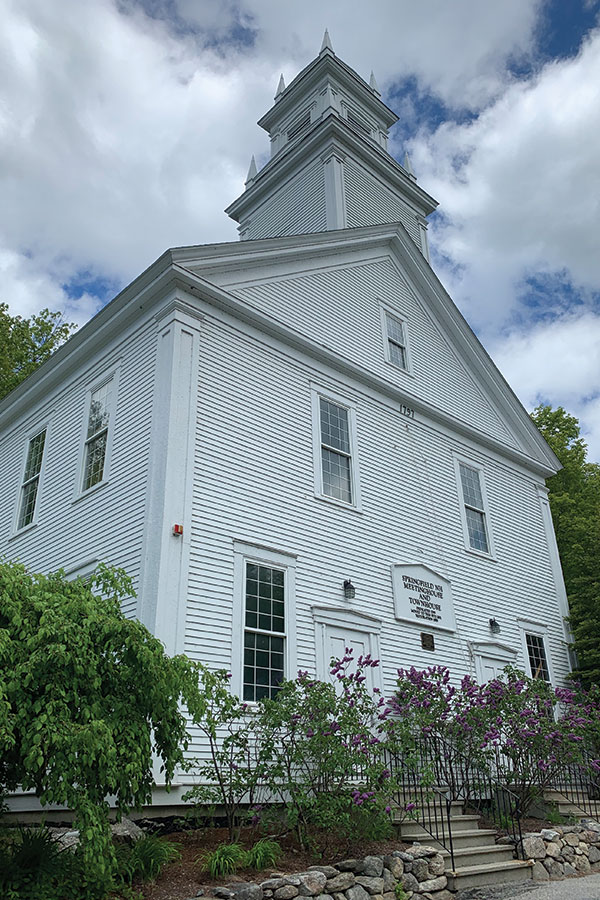History and Heritage
Nestled in the heart of New England, Sullivan County is a charming blend of small-town charm and breathtaking natural beauty, offering visitors a glimpse into the state’s storied past.
The Sugar River Region is a place of rich history and heritage, dating back to pre-colonial history thousands of years before European settlers arrived in the region in the 1700s. The area was originally inhabited by various Native American tribes, including the Abenaki and Pennacook, who relied on hunting, fishing, and agriculture for their livelihoods. These tribes lived in harmony with the natural landscape, utilizing the forests, rivers, and lakes for resources and spiritual practices. The region was also a crucial crossroads for trade and communication among various tribes throughout the Northeast.
Then founded by settlers in 1827, Sullivan County was named after John Sullivan, a prominent Revolutionary War hero and Brigadier General in the Continental Army. Over the years, the county has played a significant role in shaping the state’s economy, serving as a hub for agriculture and manufacturing.
Sugar River Region is a place where history comes alive, with several historic sites and museums showcasing the county’s rich heritage, including landmarks listed on the National Register of Historic Places such as Saint-Gaudens National Historical Park. Fort at #4 is a mid-18th-century fort and the most northern British settlement in New Hampshire along the Connecticut River. The Museum at the Academy in Claremont is a must-visit for anyone interested in local history, with exhibits covering everything from early settlement to the Industrial Revolution. The region is also home to beautiful historic covered bridges.






